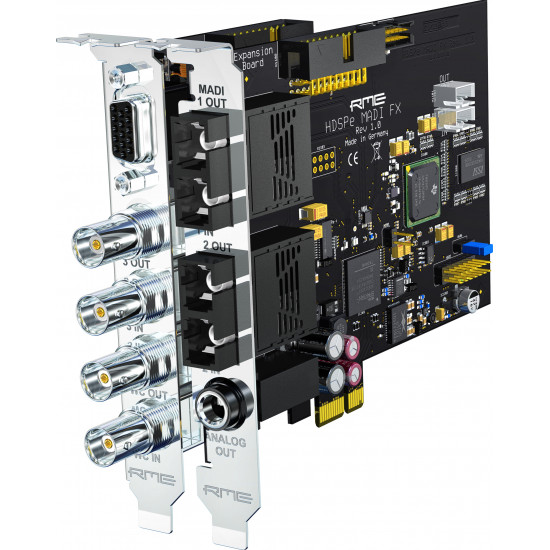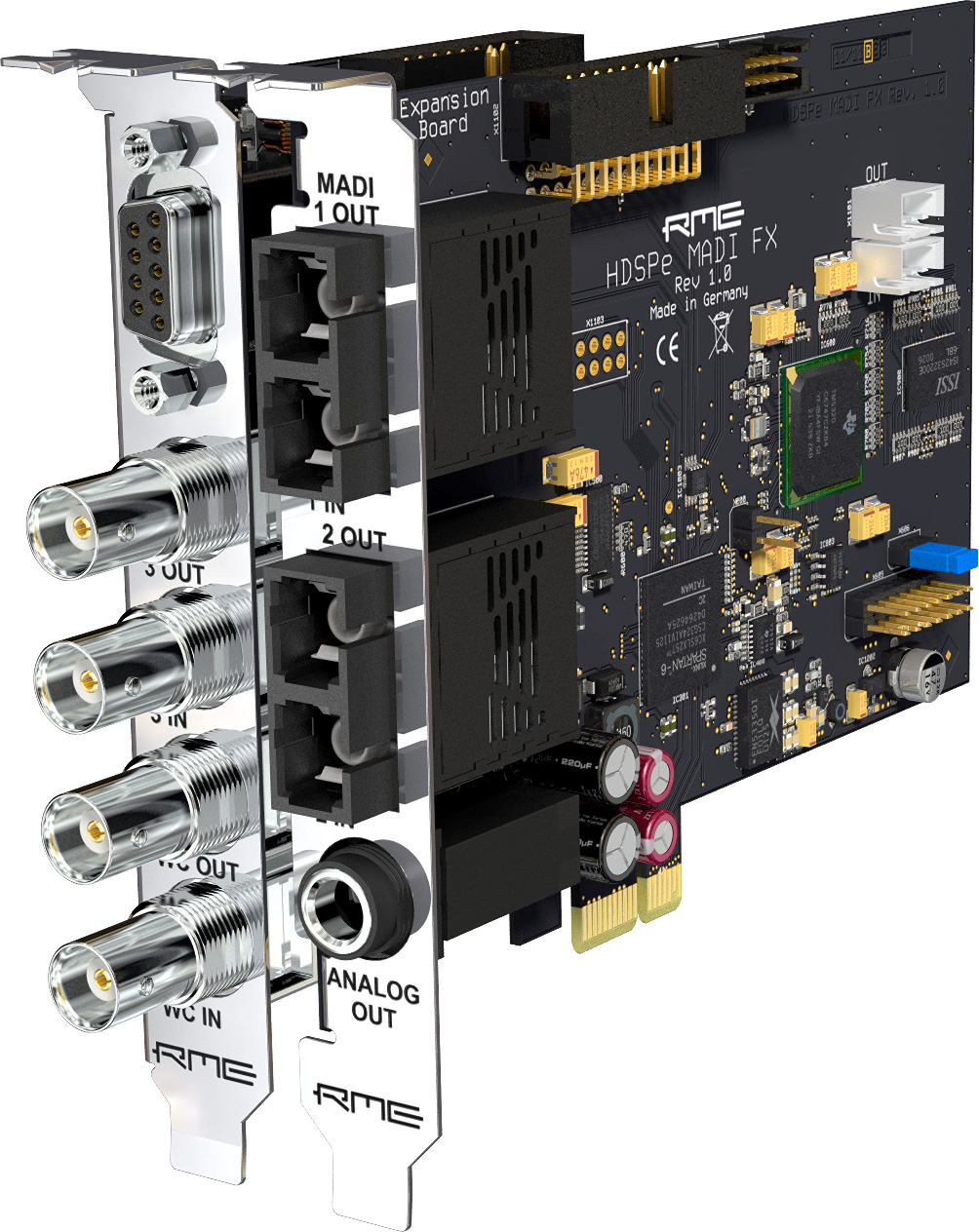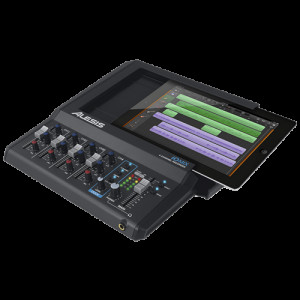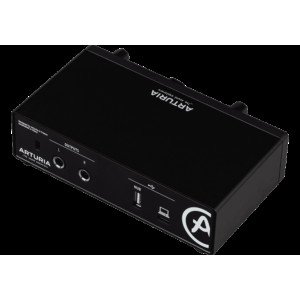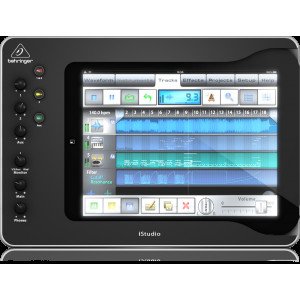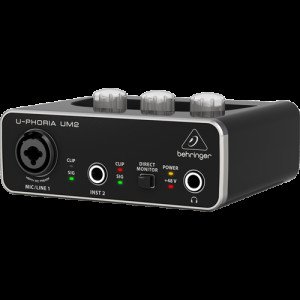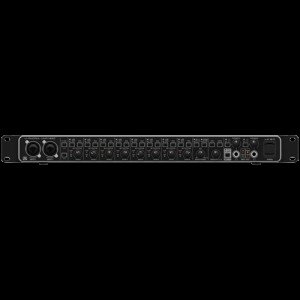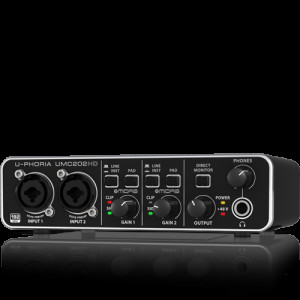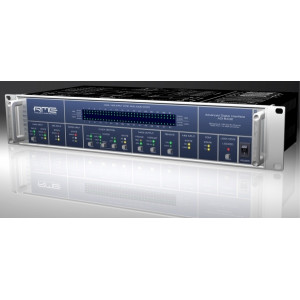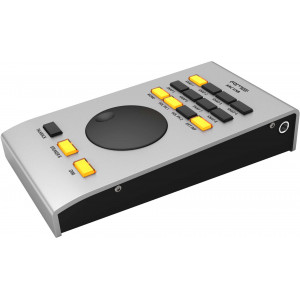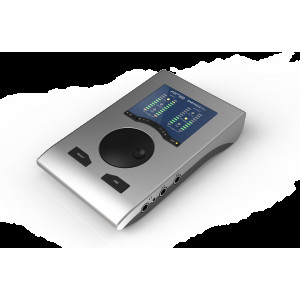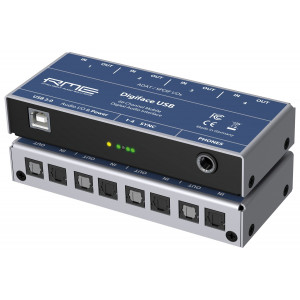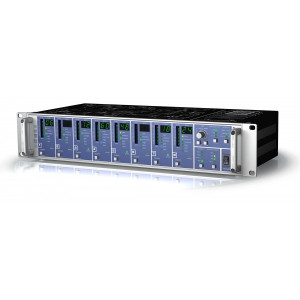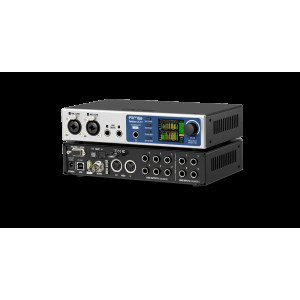RME HDSPe MADI FX
-15 %
RME HDSPe MADI FX
2,640.00 лв. (1,349.83€)
3,100.00 лв. (1,585.03€)
- Stock: Pre-Order
- Model: 7030

Купи на изплащане със стоков кредит от Банка ДСК
• Улеснена процедура за електронно подписване
• Атрактивни условия по кредита
• Параметри изцяло по Ваш избор
• Одобрение до няколко минути изцяло онлайн
Размер на кредита /лв./
Месечна вноска /лв./
Обща дължима сума /лв./
ГПР /%/
Изчисленията са направени при допускането за първа падежна дата след 30 дни и са с насочваща цел. Избери най-подходящата месечна вноска.
PRE-ORDER
Pre-order Product

